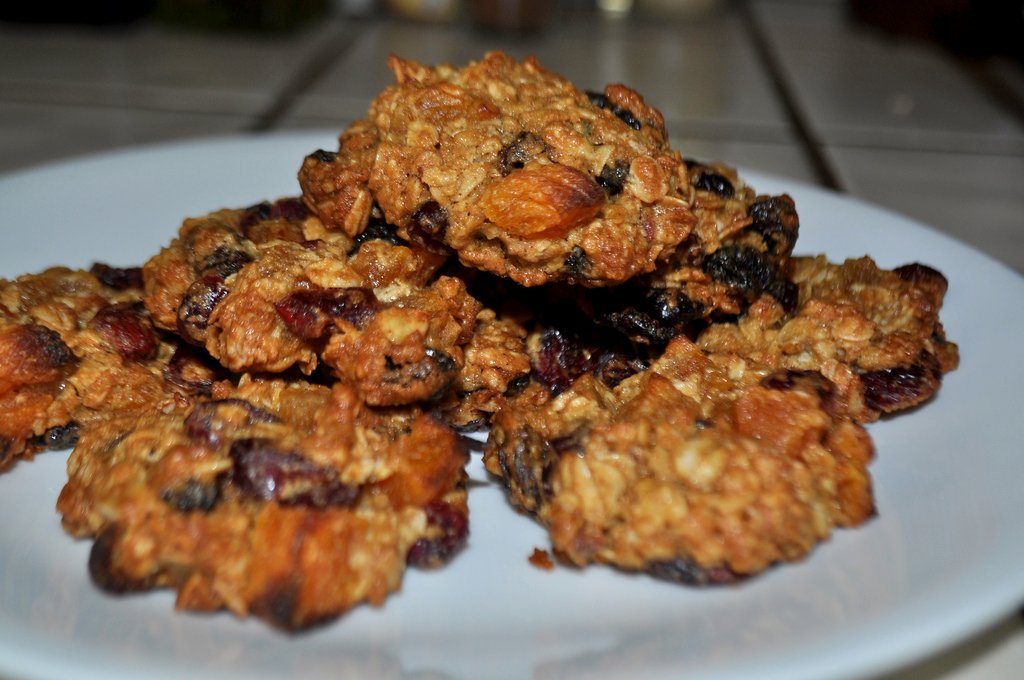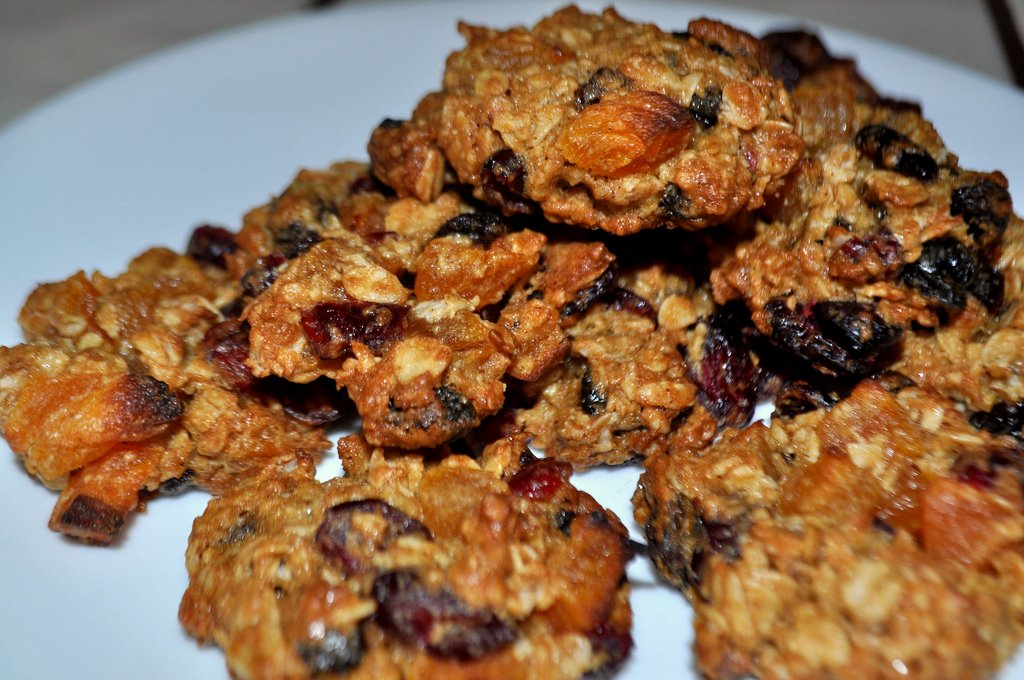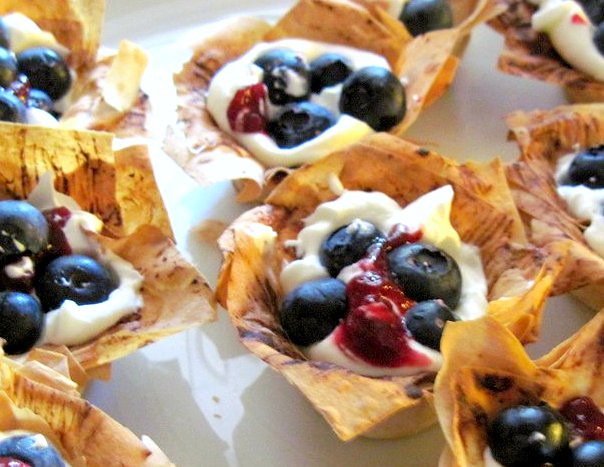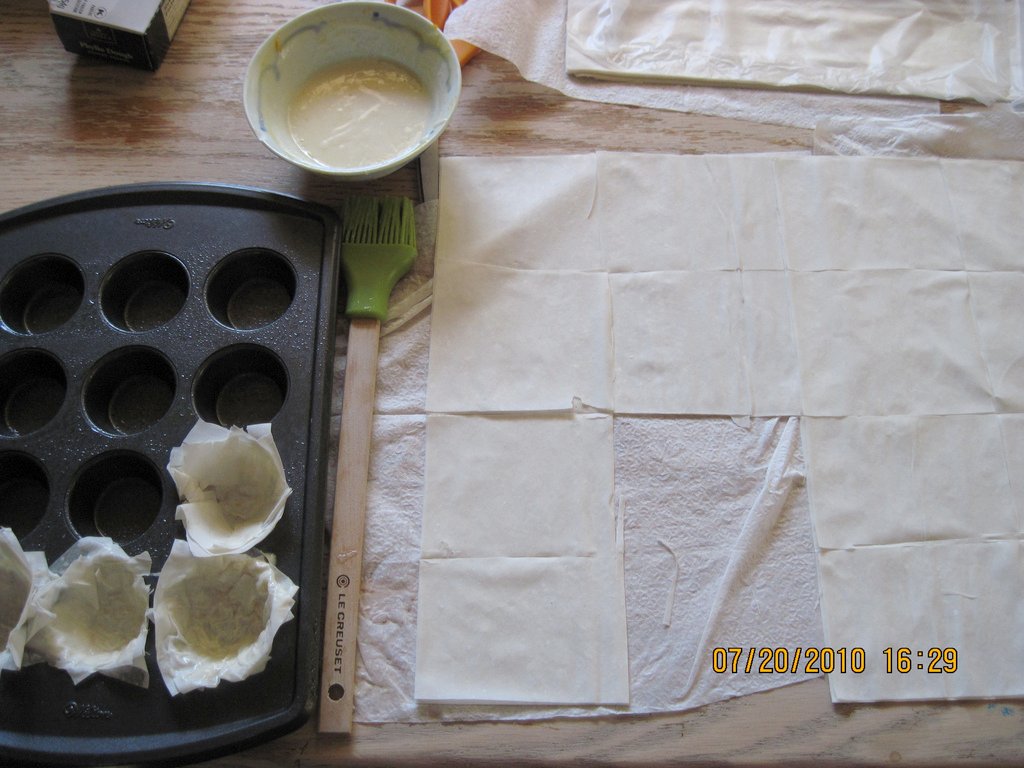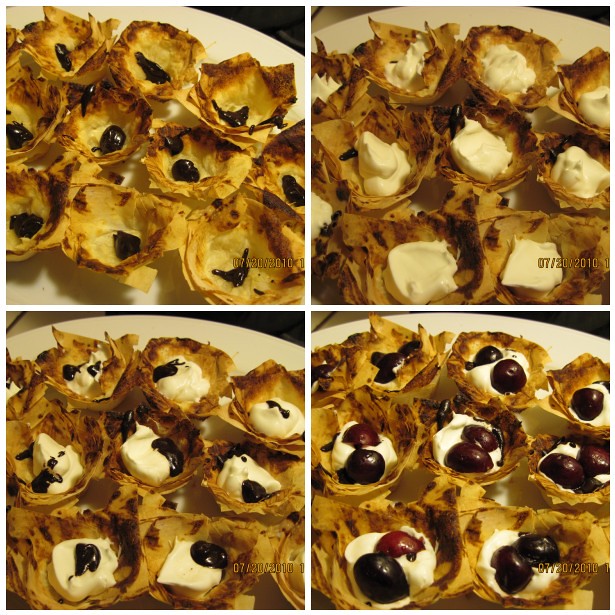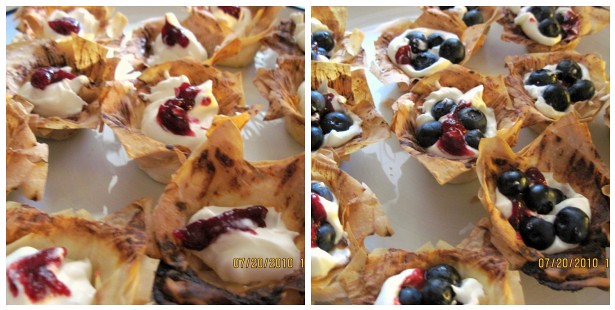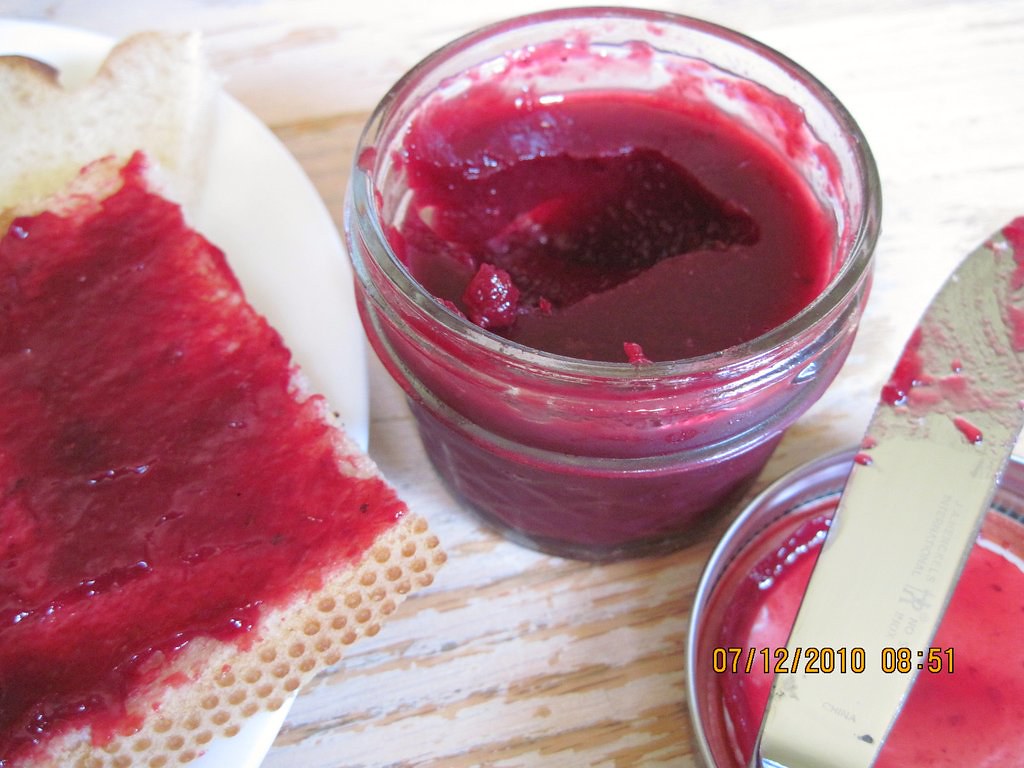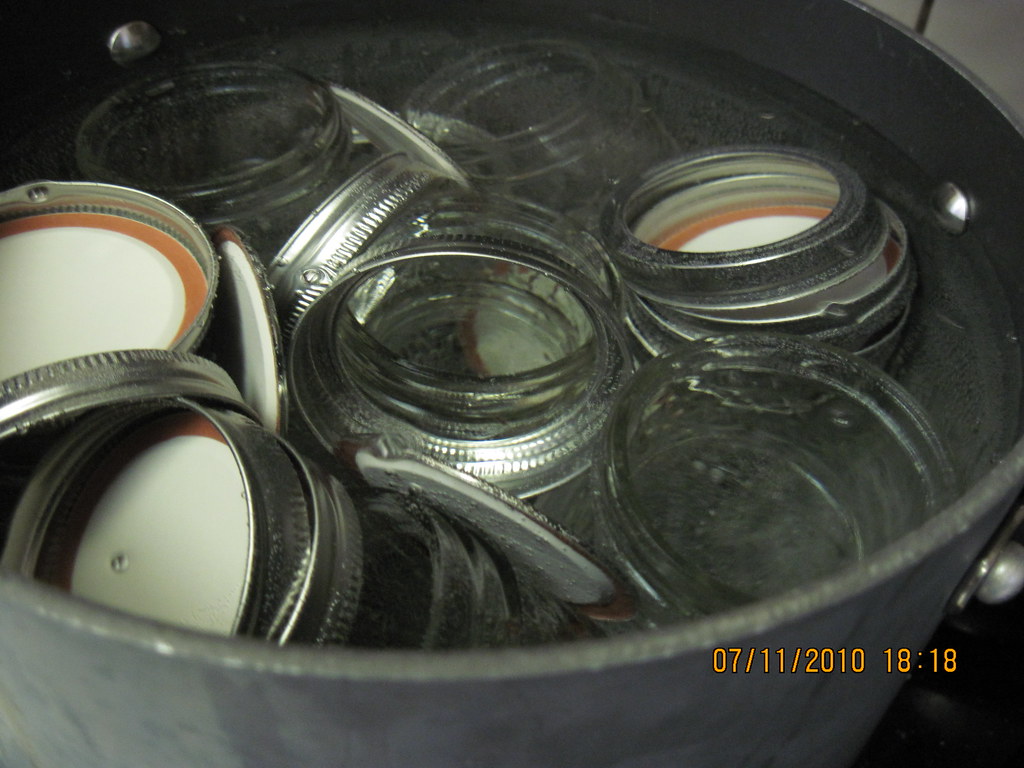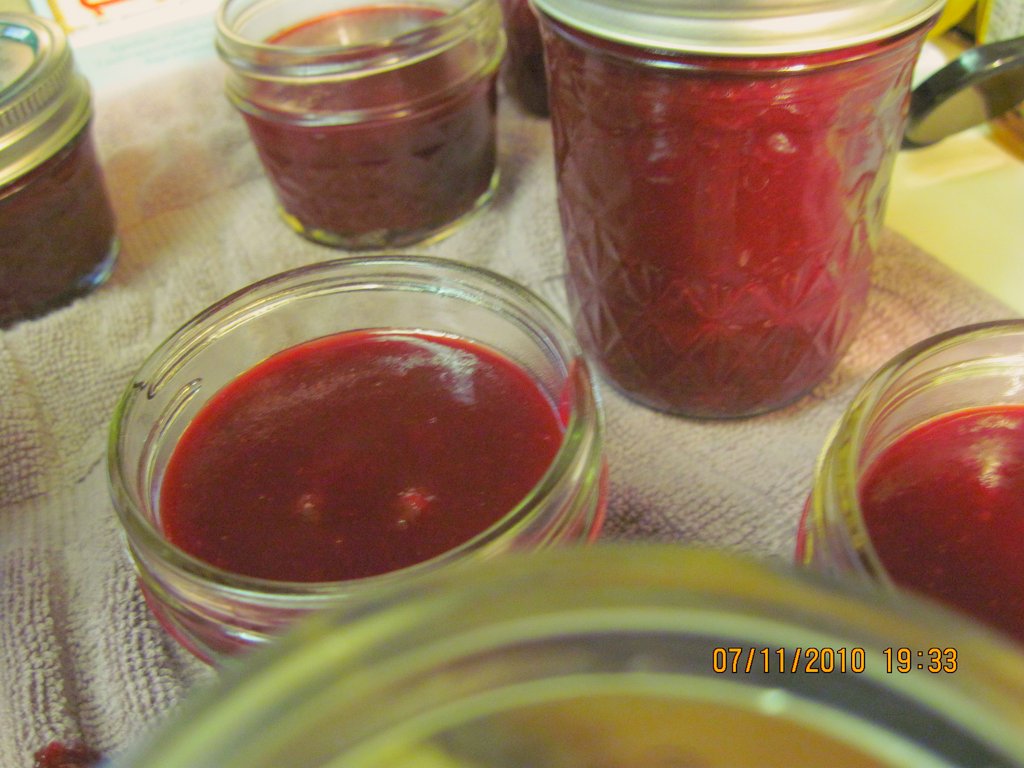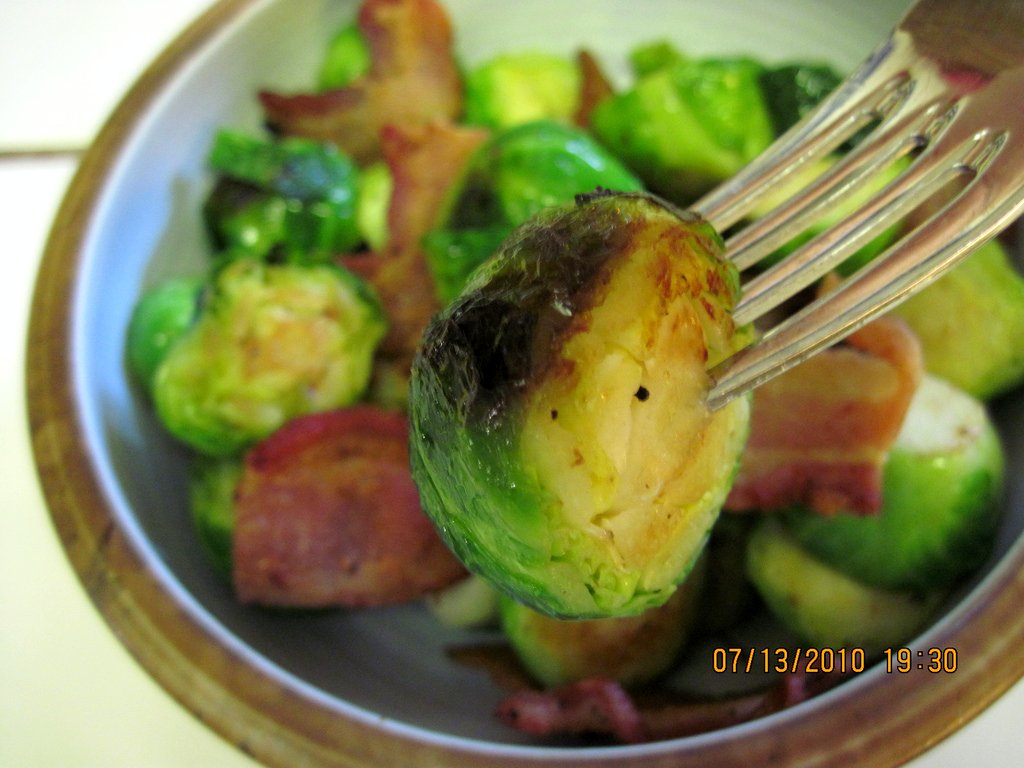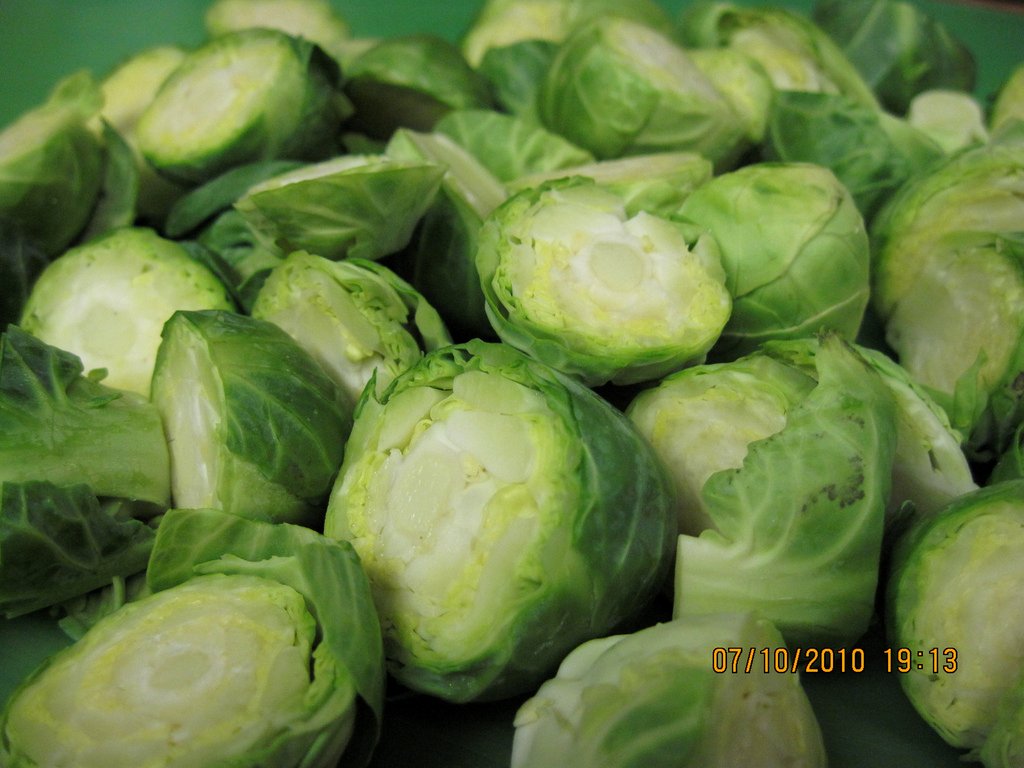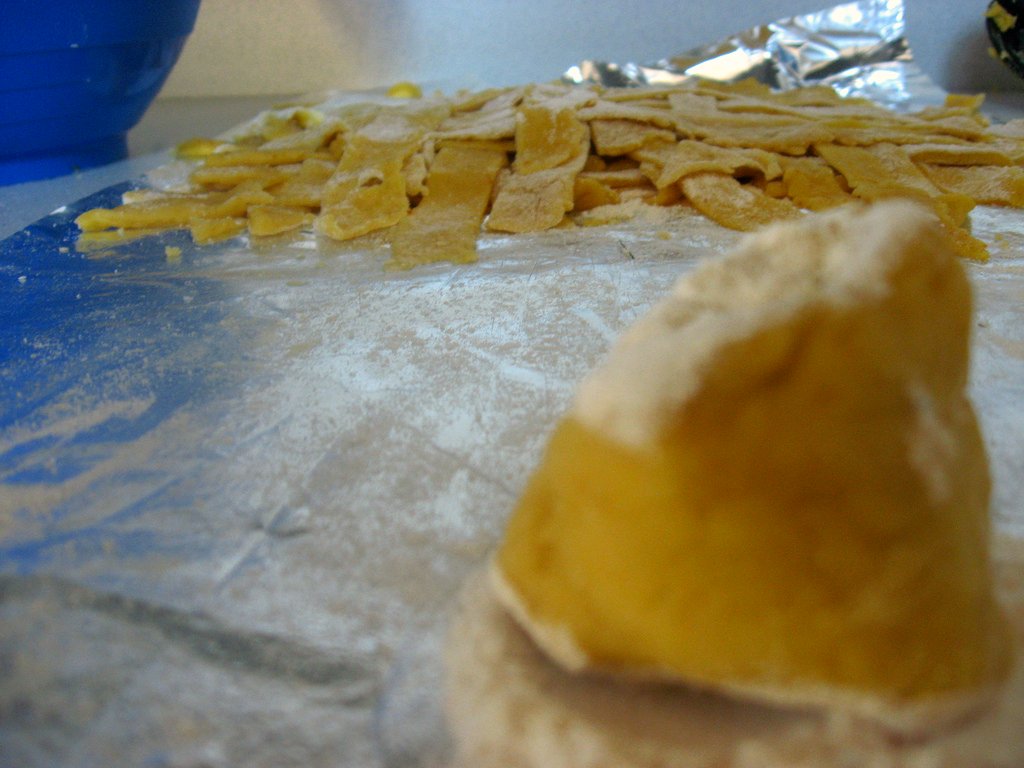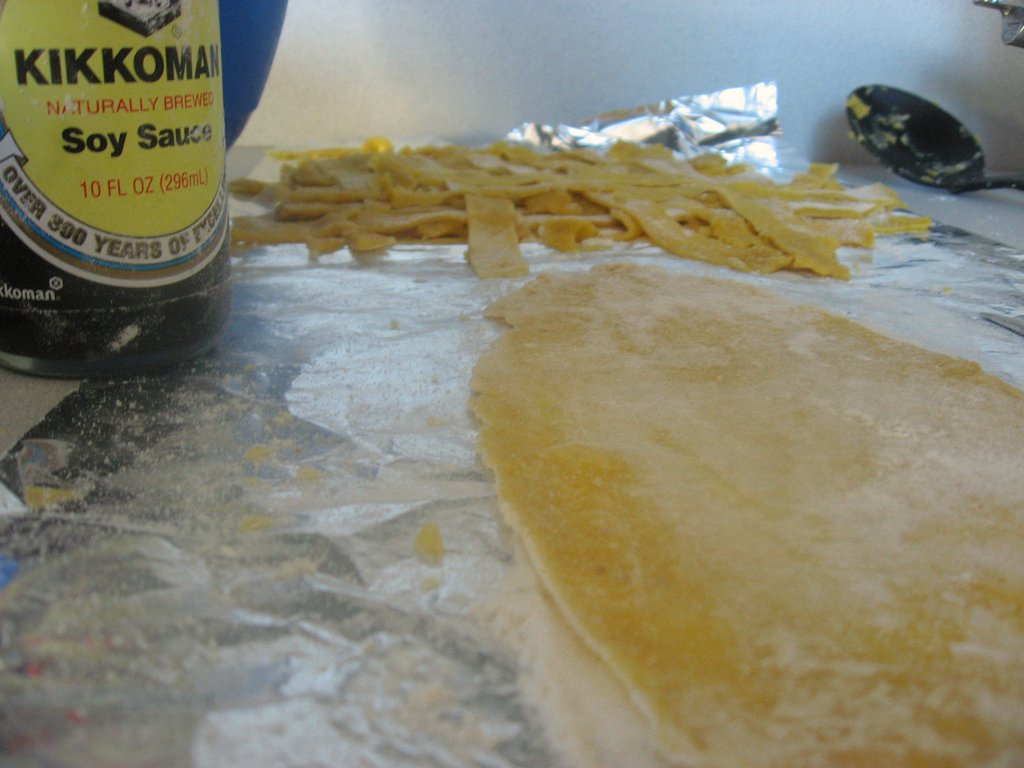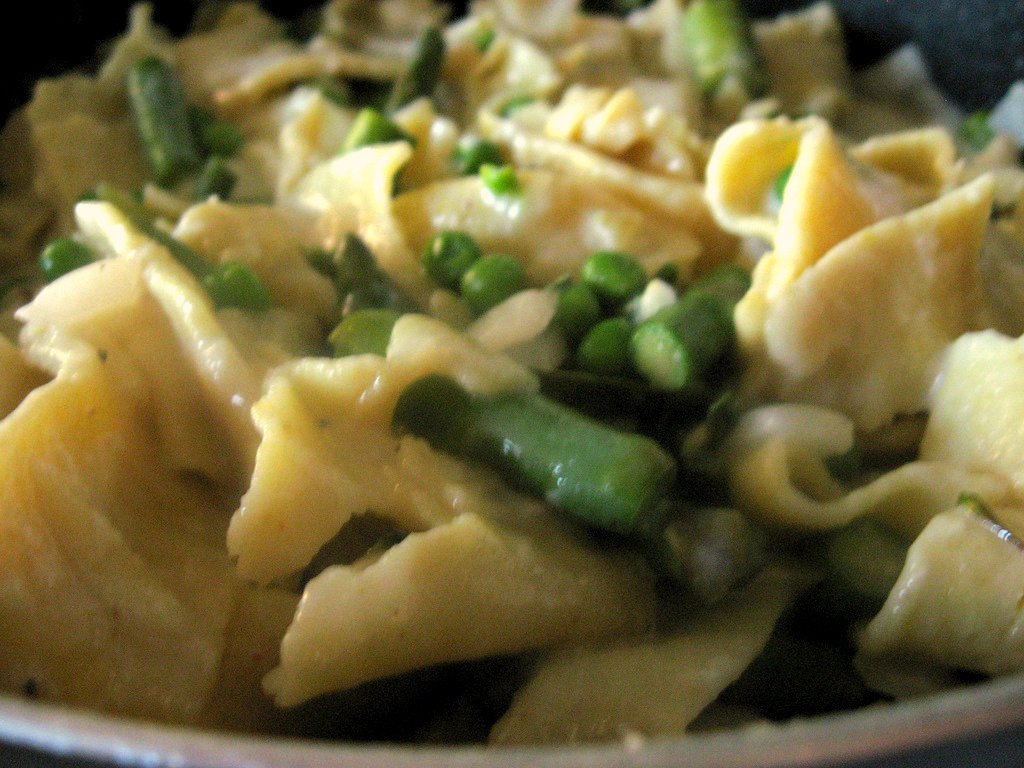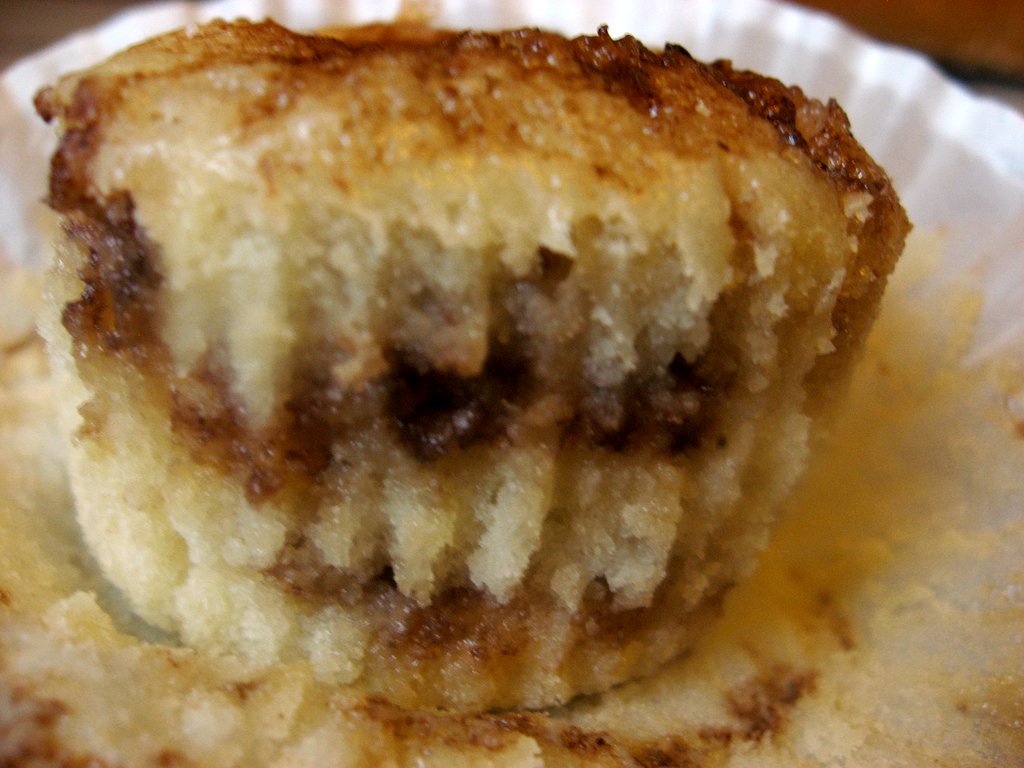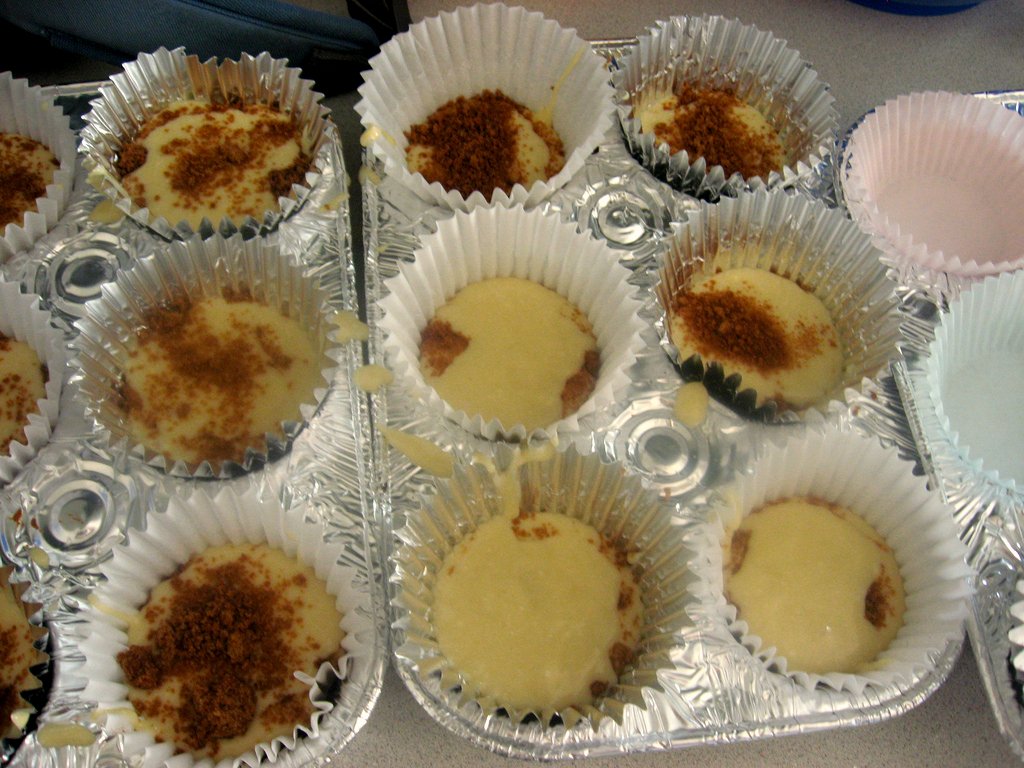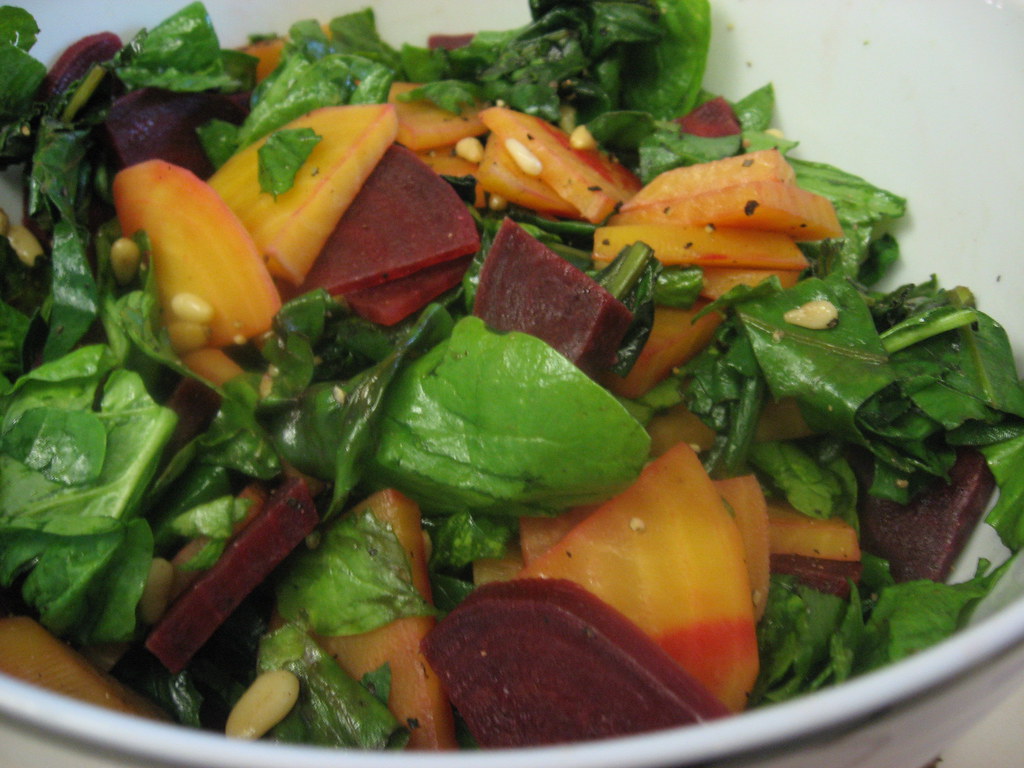This was supposed to be a calzone. It was supposed to be a calzone up to the point where I had the onions and the mushrooms on the stove and was just about to slice up a tomato when I opened the fridge to check my leftover pizza dough and found it dry, hard, and not very dough-like. Oops. Looking around, I glimpsed an acorn squash and dinner was reborn.
A side note: I love microwaves. They're so underappreciated, don't you think? The ragu's done on the stove top, but the squash is done wonderfully simply in the microwave.
Mushroom Ragu on a Bed of Steamed Acorn squash
Serves three well (approx. 300 calories and 30 carbohydrates per serving)
2 onions, quartered and sliced
1 Tb butter
salt and pepper to taste
3 C mushrooms
3 cloves garlic
1 Tb olive oil
3 Tb flour
1/2 C white wine
1/4 tsp sage, basil, thyme, cayenne, parsley
1 C milk (I used nonfat; you could bump this up to a higher fat content if you wanted. Cream is nice, but I didn't have any)
1 acorn squash
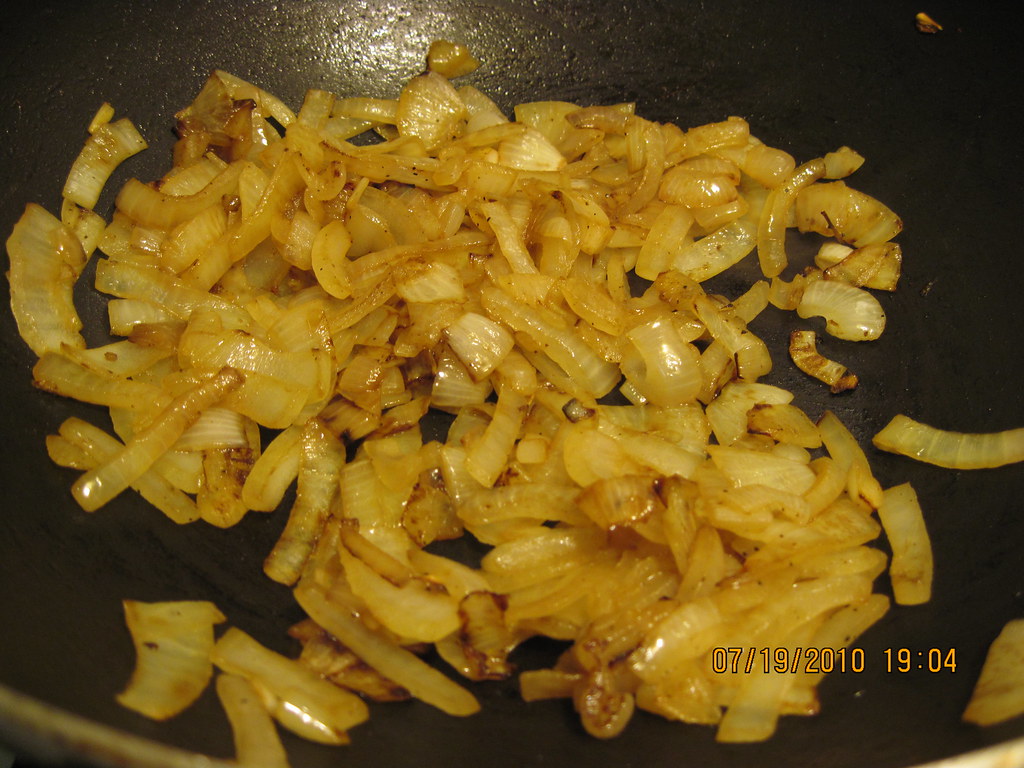
In a medium saucepan, saute the onions in 1 Tb butter. Don't worry too much about burning; we want these to caramelize and all the sugars to cook and brown. I let these cook about 10 minutes.
After about ten minutes, add 3 C mushrooms (I used 1 C halved white button and 2 C whole small Italian brown, but use whatever you have), the garlic cloves, and 1 Tb olive oil. Also mix in the flour. There's no liquid in the pan yet, so the flour should be able to permeate the dish without thickening and clumping yet.
Flour's thickening abilities earn it a special place in the hearts of both cooks and bakers, but we like to be able to tell it when to start thickening. If you add it straight to a boiling liquid (boiling being the temperature at which flour begins to thicken), the flour will start its thickening on contact with the liquid, trapping bubbles of liquid and forming nasty gummy clumps. You can avoid this by dissolving the flour in a little water before you add it to the boiling liquid. However, that can give a raw floury taste to the dish. You can avoid that and add a better flavor by adding the flour to the pan and cooking it with fat (in this case, butter and olive oil) before you add the liquid. Fat and flour cooked together is called a roux, which is discussed more in my gumbo post.

Cook the mushrooms for about five minutes, then add 1/2 C white wine and the spices. Let the wine reduce for 5-10 minutes, stirring occasionally. (This would be a good time to start the squash).
Add 1 C milk. Stirring, let it come just to a boil.
To cook the squash, peel and quarter it. Wrap each piece in plastic wrap, then microwave for 5-6 minutes or until soft. Sprinkle on some salt, then ladle the mushroom ragu over the top. Eat hot with a cold glass of milk and perhaps a side of sauteed greens.





